Art Teachers: Cut the Cruelty by Using Vegan Supplies
Educators provide students with a wide selection of elective courses that supplement core subjects, foster creative expression, and help them become well-rounded, culturally competent individuals. Encourage compassionate visual arts expression in students by using cruelty-free supplies.
Using the body parts of animals—such as badger hair, cow bladders, and rabbit skin—in art supplies is unnecessary. With numerous affordable, high-quality animal-free options available, there’s no reason not to transition to a cruelty-free classroom. Most art supply stores can accommodate requests for animal-friendly products. Before purchasing supplies, verify that they’re free of animal-derived materials by using the following information as a guide:
Pigments, Dyes, and Inks
Though rich, vivid colors can easily be created using plants, some art supply companies still use animal-derived ingredients in their products. For example, oil pastels are made with animal fat and wax. Choose soft pastels instead, which tend to be cruelty-free—but always check individual products to be sure. And don’t support companies that believe in taking that which isn’t ours from animals.
Avoid cochineal—a red dye made from cochineal insects—as well as India and Chinese inks, both of which are made from the secretions of insects. Sepia ink is made from the ink sacs of squid and cuttlefish. And water-resistant inks usually contain animal ingredients. Instead, choose walnut ink, or buy from trusted providers like STAEDTLER.

Brushes
Paintbrushes marketed as having “natural” hair in their bristles are anything but cruelty-free. Squirrels, ferrets, mongooses, and other small animals are trapped and farmed just so that their fur can be ripped from their bodies in order to create so-called “natural” brushes. Other animals used to make paintbrushes include horses, pigs, and oxen.
PETA exposed Chinese badger-hair farms, where workers were seen beating crying badgers over the head before slitting their throats. Contact companies like Dick Blick Art Materials to urge them to drop badger-hair brushes immediately, and always choose synthetic brushes for your classroom.
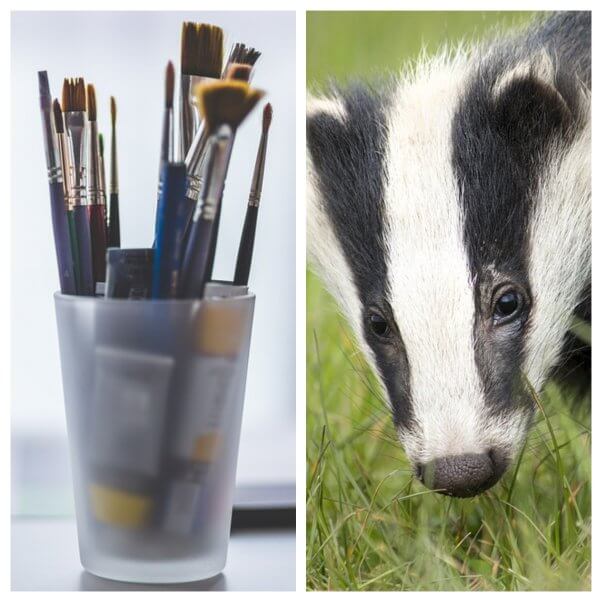
Paints, Canvases, and Papers
Some watercolor paints contain ox gall, which is made from the gall bladders of cows. Forgo the violence and shop for cruelty-free options, which are available from top brands like Colors of Nature. Also avoid watercolor paper that is sized with gelatin—which is made by boiling the skin, tendons, ligaments, and other body parts of animals—and canvases that are sized using glue made from rabbit skin. Instead, use construction paper, paper sized with starch, and raw fabrics like hemp, bamboo, linen, and cotton. New York–based multimedia artist Jonathan Horowitz sizes his own canvases using cruelty-free products, which would be an excellent process to teach students.
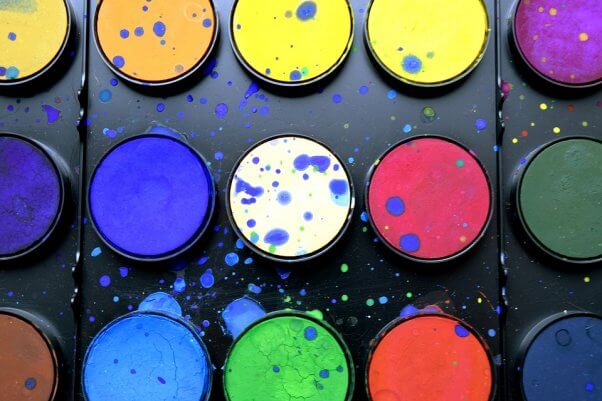
Graphite and Charcoal
Graphite is cruelty-free, but check to make sure that pencils don’t contain beeswax. Many bees are either killed or their wings and legs are torn off because of haphazard handling when people take their wax and honey. Charcoal can be created from vines, willow trees, and other plant materials, so avoid versions made from ivory and animal bones.
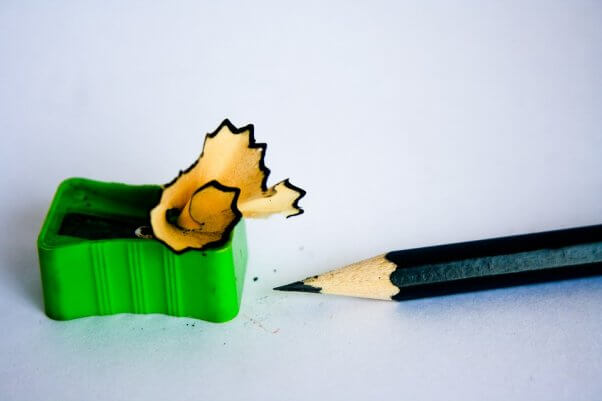
Yarn and Fabrics
Yarn and fabrics made from animal hair often come at the expense of animal welfare. Sheep, goats, alpacas, and other animals are frequently subjected to harsh shearing practices that can cause injury, stress, and even death. Angora rabbits are often plucked alive, a painful and traumatic experience, and silkworms are often boiled or gassed alive in their cocoons for silk. With many high-quality synthetic fabrics available, there’s no reason to support the abuse of animals. Avoid materials like wool, merino, mohair, cashmere, and silk, and opt for animal-free or synthetic materials such as cotton, hemp, bamboo, polyester, rayon, linen, or acrylic. Innovators are even creating fabric from potato waste to promote sustainability. These alternatives offer cruelty-free options without sacrificing quality.
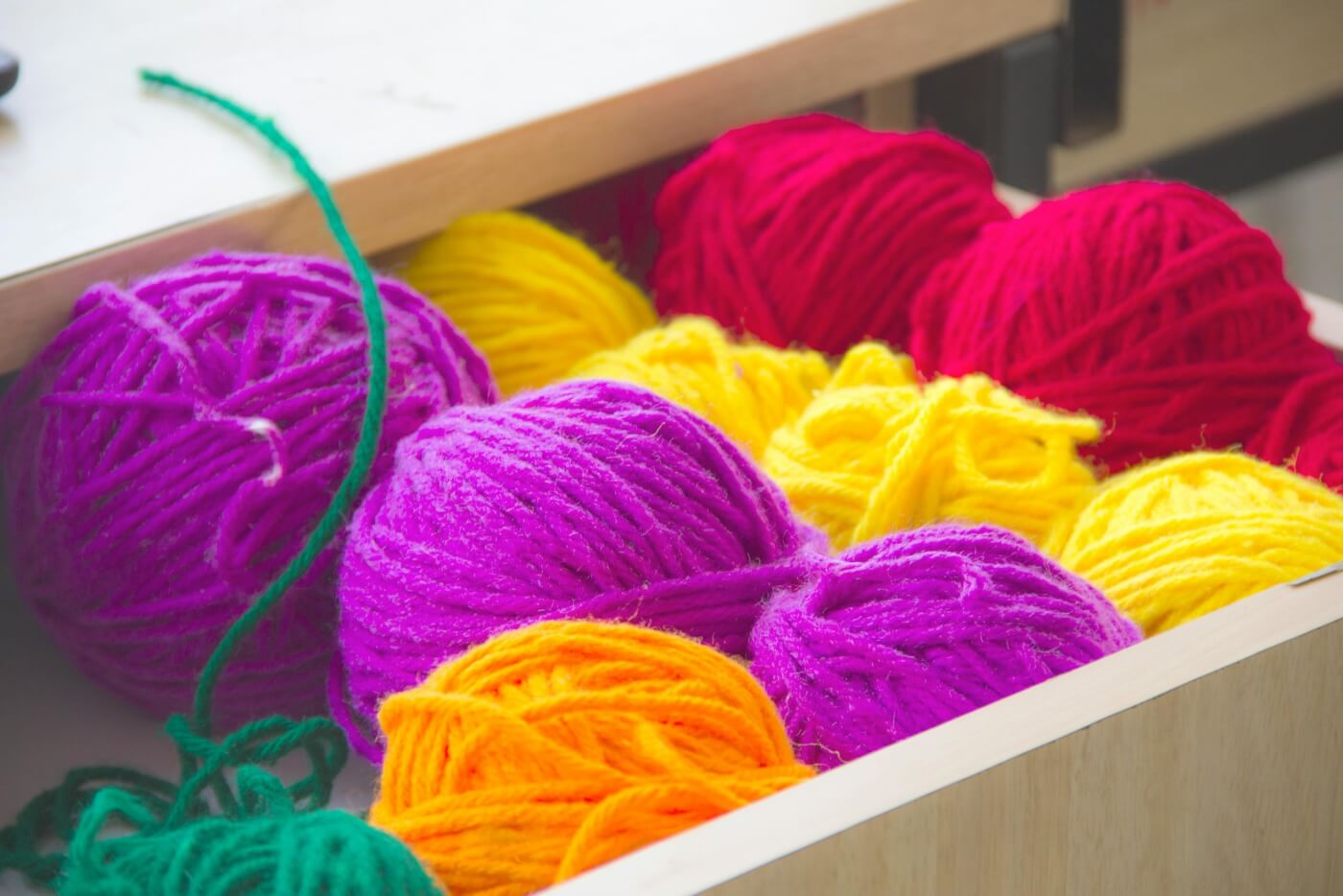
Feathers and Leather
Feathers are often plucked from live birds, causing them immense pain and distress. Many birds, such as geese, ducks, and ostriches, suffer from this practice. Craft stores frequently sell feather boas and jewelry adorned with feathers, contributing to the cruelty. Instead of supporting this practice, opt for synthetic feathers or other decorative materials like ribbons, pipe cleaners, or fabric strips.
Leather, made from the skin of cows, pigs, goats, and other animals, involves a brutal process. Animals are frequently subjected to harsh living conditions and painful slaughter methods. Many craft stores sell sheets of leather for crafting items like jewelry and clothing. The leather industry is also notoriously harmful to the environment due to the toxic chemicals used in the tanning process. Consider alternatives like vegan leather made from materials such as cork, cactus, apple, pineapple, and recycled plastic. These options provide durable and stylish choices without the ethical and environmental consequences of traditional leather.
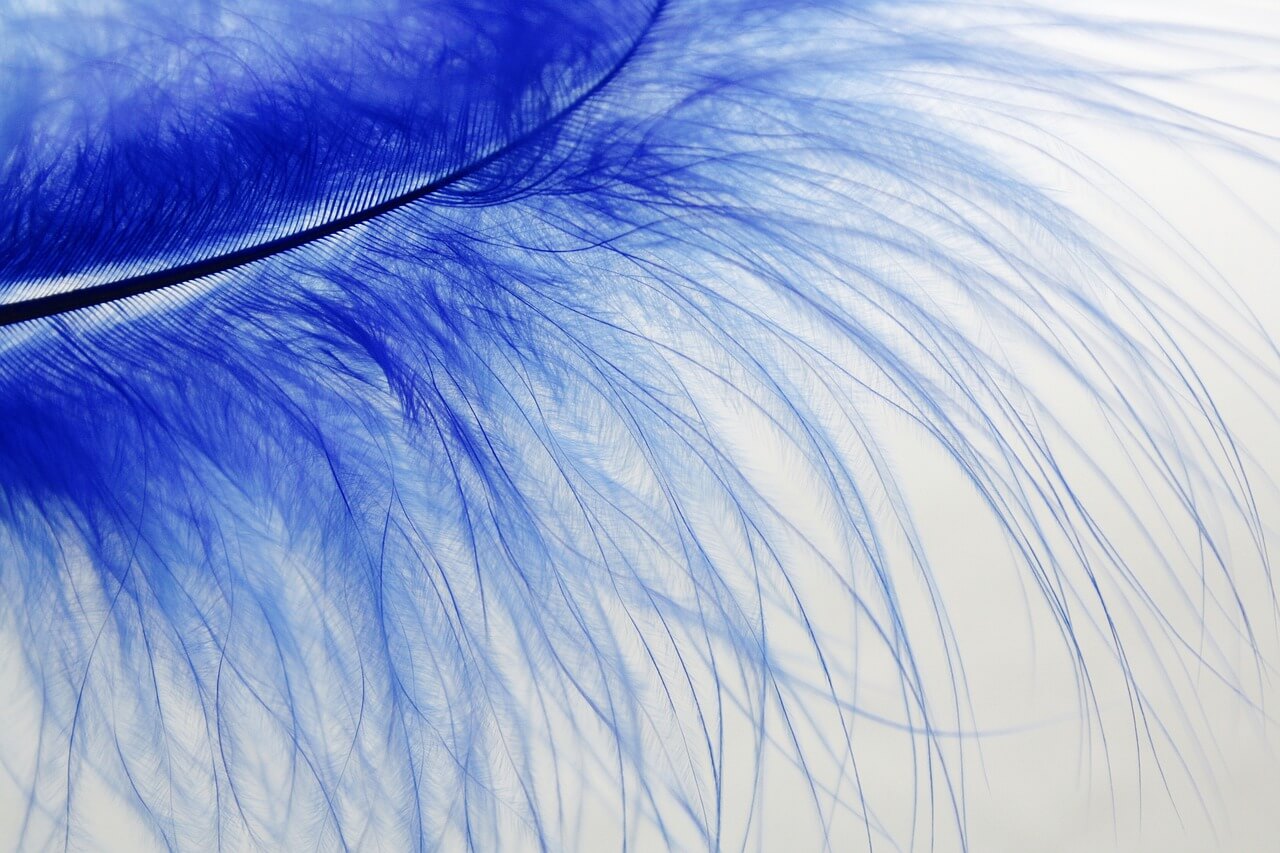
With more and more companies innovating and offering an increasing array of vegan and cruelty-free products, it has never been easier to make compassionate choices. By being armed with the information provided, educators can make informed decisions that align with their values and promote a cruelty-free classroom. Embracing these alternatives not only supports animal welfare but also teaches students the importance of compassion and sustainability. Together, we can pave the way for a more ethical and empathetic future.
*****





